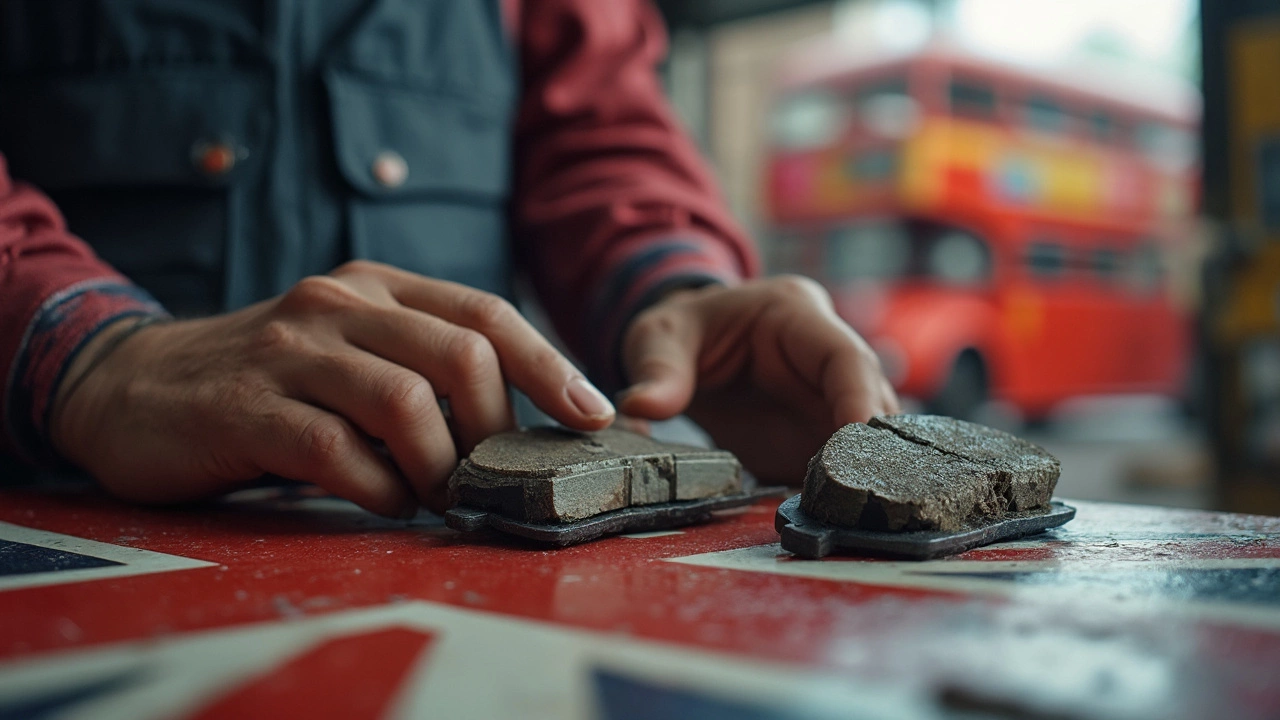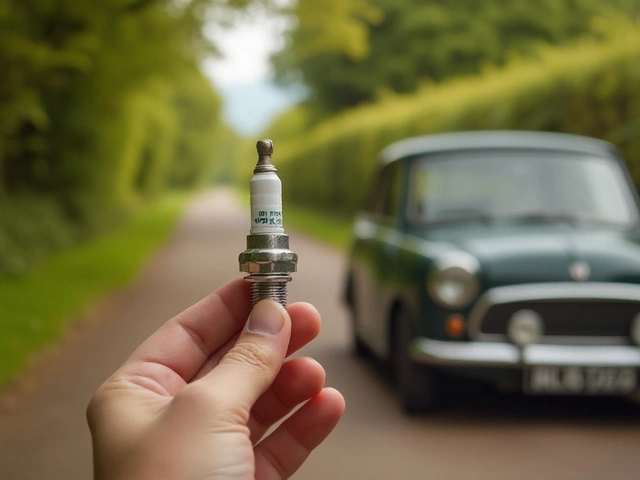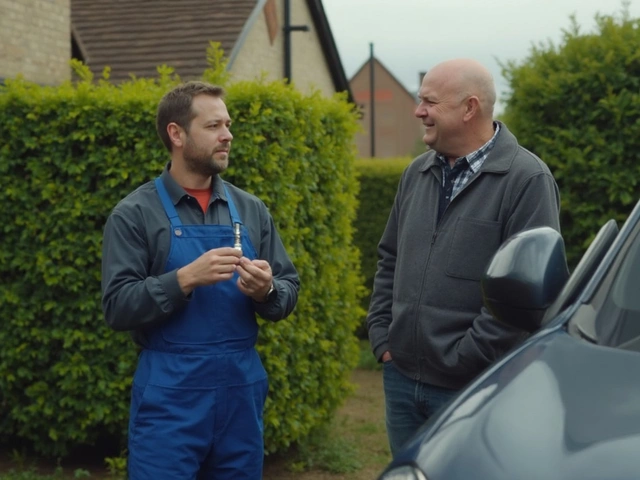Front Brakes: What Every Driver Should Know
Front brakes do most of the stopping work on your car, so keeping them healthy is a must. If you notice squealing, vibration, or a longer stopping distance, it’s time to check them out. Below you’ll find straight‑forward advice on how front brakes work, the parts that wear out, and practical steps to keep them reliable.
How Front Brakes Work and What Parts Matter
When you press the brake pedal, hydraulic fluid pushes pistons in the caliper. The caliper squeezes the brake pads against the rotor, turning kinetic energy into heat. The rotor (a metal disc) spins with the wheel, and the pads grab it to slow you down. Because the front wheels bear most of the vehicle’s weight during braking, the front pads and rotors wear faster than the rear.
Key components to watch are:
- Brake pads – replace when the friction material is 3 mm or less.
- Brake rotors – check for scoring, rust, or warping.
- Brake fluid – should be clear and at the correct level; replace every 2 years.
- Calipers – make sure they move freely and aren’t leaking.
Signs Your Front Brakes Need Attention
Don’t wait for a full‑blown failure. Here are the most common warnings:
- Squealing or grinding – high‑pitched squeal means the wear indicator is touching the rotor; grinding means the pad material is gone.
- Pulsing pedal – usually a warped rotor; you’ll feel a thump each time the brake is applied.
- Pulling to one side – could be a stuck caliper or uneven pad wear.
- Longer stopping distance – indicates faded pads or low fluid.
- Visible rust – surface rust on rotors is normal, but deep pitting needs fixing.
If you spot any of these, get a check‑up soon. Ignoring them can damage other components and raise repair costs.
DIY Checks and When to Call a Pro
Most drivers can do a quick visual inspection at home. Lift the front wheel, remove the lug nuts, and spin the rotor. It should turn freely without wobble. Look through the caliper slot – you should see the pad thickness. If you’re comfortable with basic tools, swapping pads is a weekend job for many car owners.
However, brake work involves safety‑critical parts. If you notice warped rotors, fluid leaks, or uneven pad wear, let a professional handle it. They have the tools to machine or replace rotors, bleed the brake system, and ensure the calipers are properly aligned.
Maintenance Tips to Extend Front Brake Life
Good habits go a long way. Try these simple steps:
- Brake gently whenever possible – hard stops heat the pads and rotors faster.
- Keep the wheels clean – brake dust is abrasive; washing them reduces extra wear.
- Check brake fluid monthly – low fluid can cause pedal sponginess.
- Replace pads in pairs – front left and right together for even wear.
- Schedule a brake inspection at every oil change – a quick check can catch problems early.
Following these tips helps you avoid surprise repairs and keeps your stopping power consistent.
Front brakes are the backbone of your car’s safety system. Knowing how they work, spotting wear early, and staying on top of maintenance lets you drive with confidence. If you ever doubt the condition of your brakes, a quick visit to Northwich Tyres Centre will get you back on the road safely and affordably.
 1 June 2025
1 June 2025
Front or Rear Brakes: Which Brake Pads Wear Out First?
Curious about which brake pads wear out first—front or rear? This article explains why your front brakes usually bite the dust before the rear and what really causes uneven brake wear. You'll get tips for spotting worn-out brake pads before they mess up your rotors or even your day. It's all about helping you save cash and drive safer by knowing what to check and when.






0